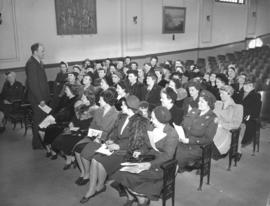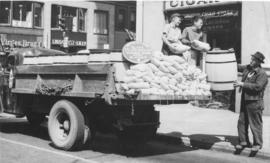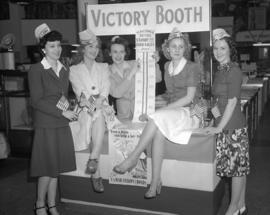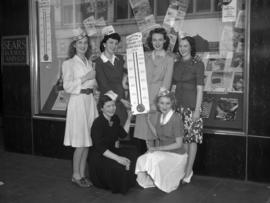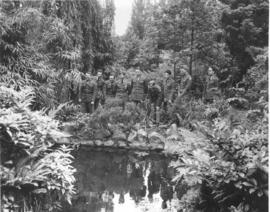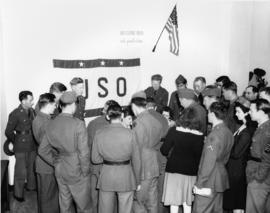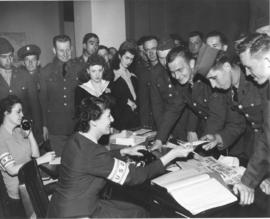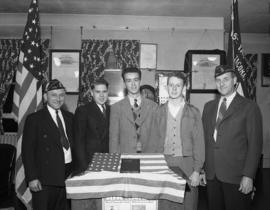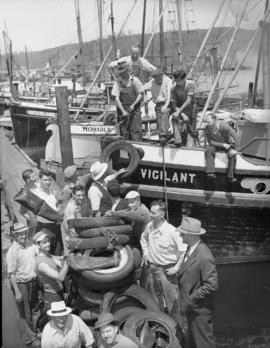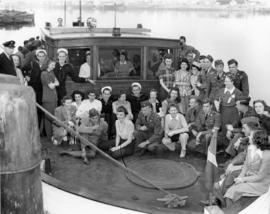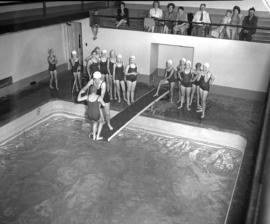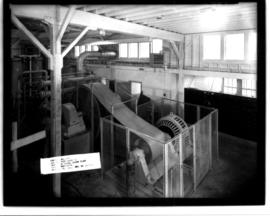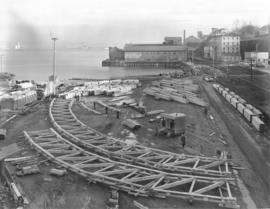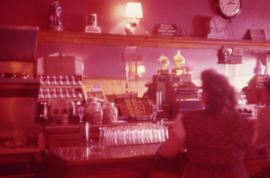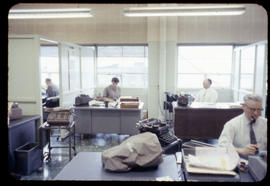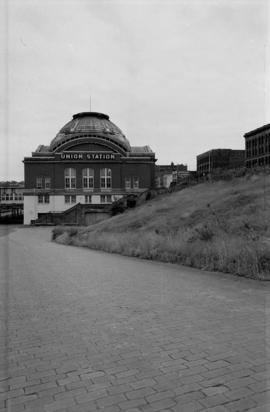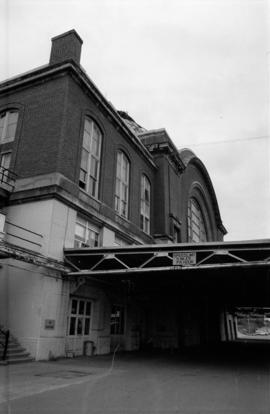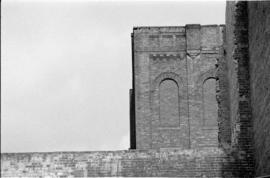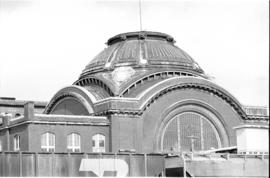- Item
- 1943-01-12
Part of Richards Studio Photographs
The Civil Defense "Block Ladies" met at Stewart School, in January of 1943. In order to disseminate information quicker and facilitate civil defense training, the city was divided into "blocks." Each block had one volunteer representative who attended meetings and was in charge of getting the information out to those residing in his/her section. The representative was usually a woman, since many men were either at war or working odd and long hours in the wartime industries.
World War, 1939-1945--Civil defense--Tacoma; Stewart Junior High School (Tacoma); Public schools--Tacoma--1940-1950;
